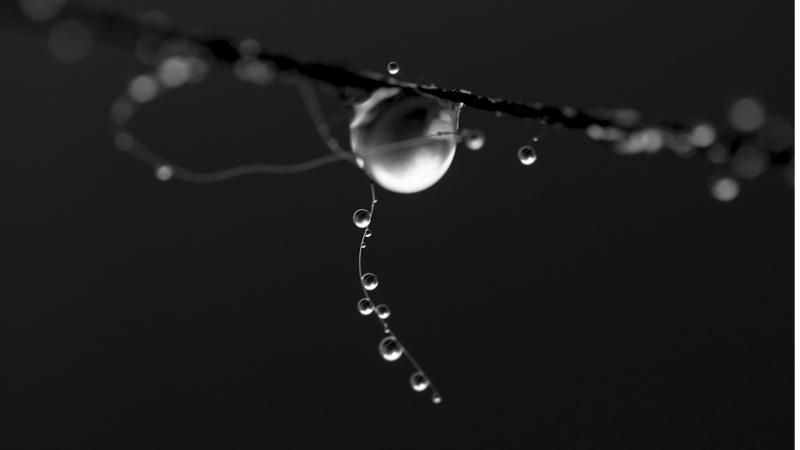
In a new study, researchers from the Indian Institute of Science, have found that ten confined water molecules play a significant role in keeping the insulin molecules together. In their findings published in the Journal of Physical Chemistry, the researchers have used computer models to study how water molecules help in stabilising the structure of insulin for storage in our body.
Insulin is a hormone produced by the islet cells of our pancreas. The hormone helps our body use the carbohydrates that we eat. Thanks to the high incidence of diabetes in the world, scientists across the globe are trying to understand the mechanism of insulin production, storage and its role in our well-being. This study adds a new body of information to what we know about insulin so far.
Under an electron microscope, insulin is a monomer—a molecule that can combine with others of the same kind to form long chains of ‘polymers’. However, in the pancreas, it is stored in groups of six (hexamer), arranged around two positively-charged zinc ions (cations). In this study, the researchers used X-ray crystallography to find that on an average, ten water molecules are present in the cavity of the hexamer.
But what do these ten water molecules do? Using computer simulations of the insulin hexamer structure, zinc cations and water molecules, the researchers found that three of the ten water molecules and three histidine residues—the residue left behind after the synthesis of the amino acid called histidine—coordinate with each of the zinc cations and form an eight-faced structure. The rest of the water molecules enter and leave the cavity, but the simulation showed that these molecules stay fixed nearly in place while inside the hexamer.
The study identified that about 15 hydrogen bonds formed between the ten water molecules in the cavity, and peptide bonds with the histidine residues. The researchers claim that the water molecules act as a ‘backbone’ in the hexamer structure, keeping it intact, since when the water molecules were removed, the structure of the hexamer fell apart within picoseconds!
The researchers say that this understanding of the role of water molecules in the structure of insulin could explain how the hexamer, stored in the pancreas, breaks into single insulin molecules when the body needs insulin for metabolism. Also, the study may also help pharmaceutical companies in solving the challenge of ‘insulin aggregation’, which renders insulin useless.






